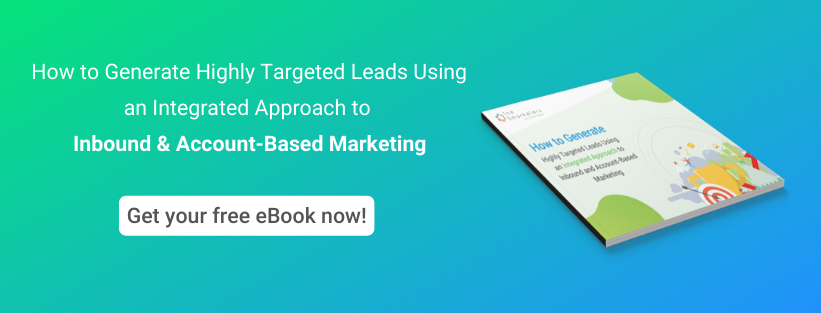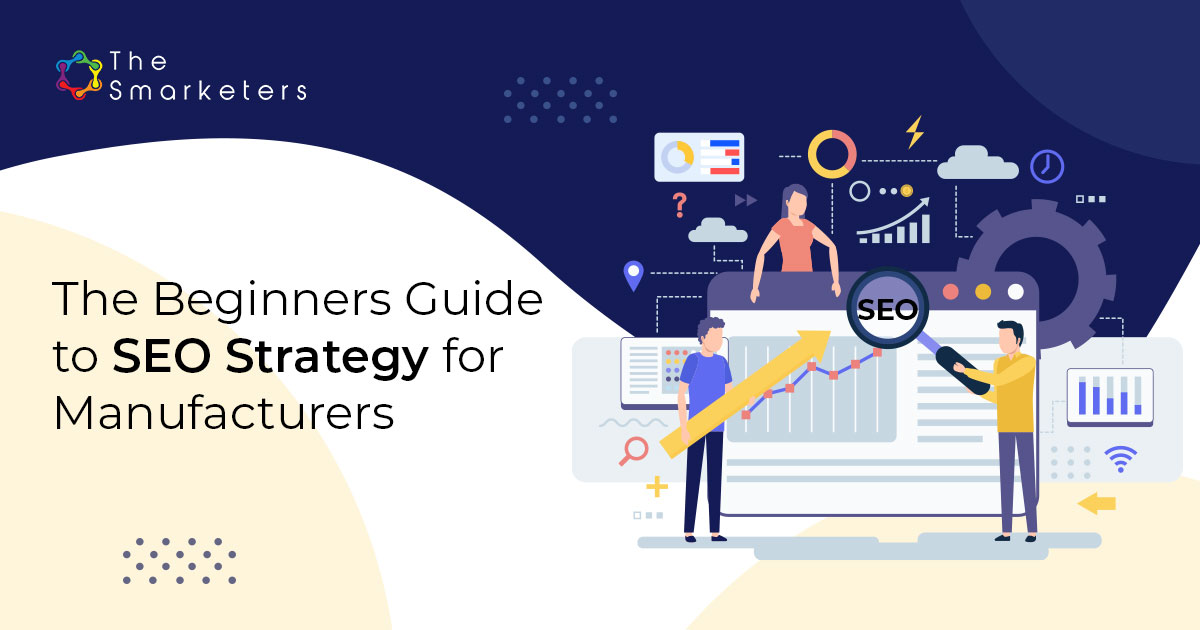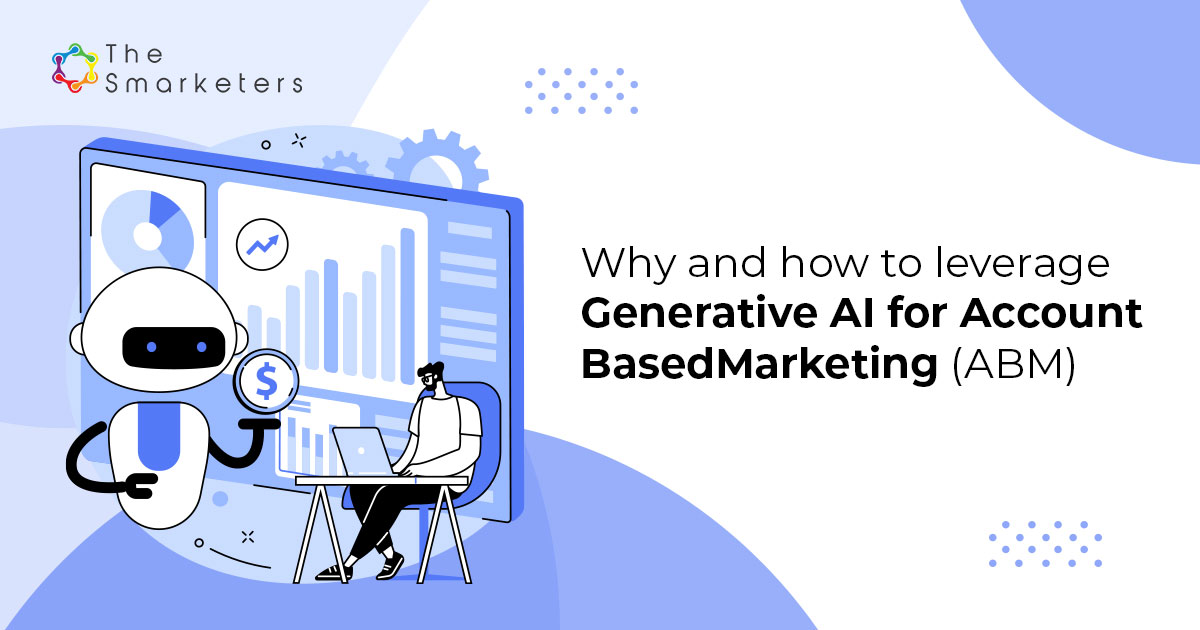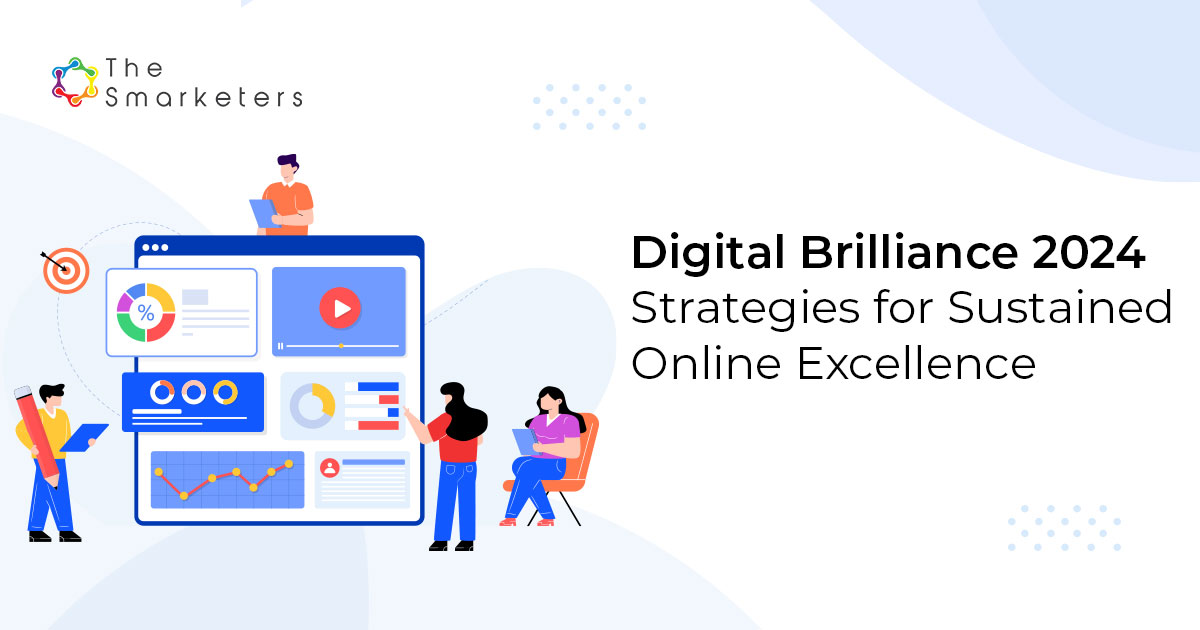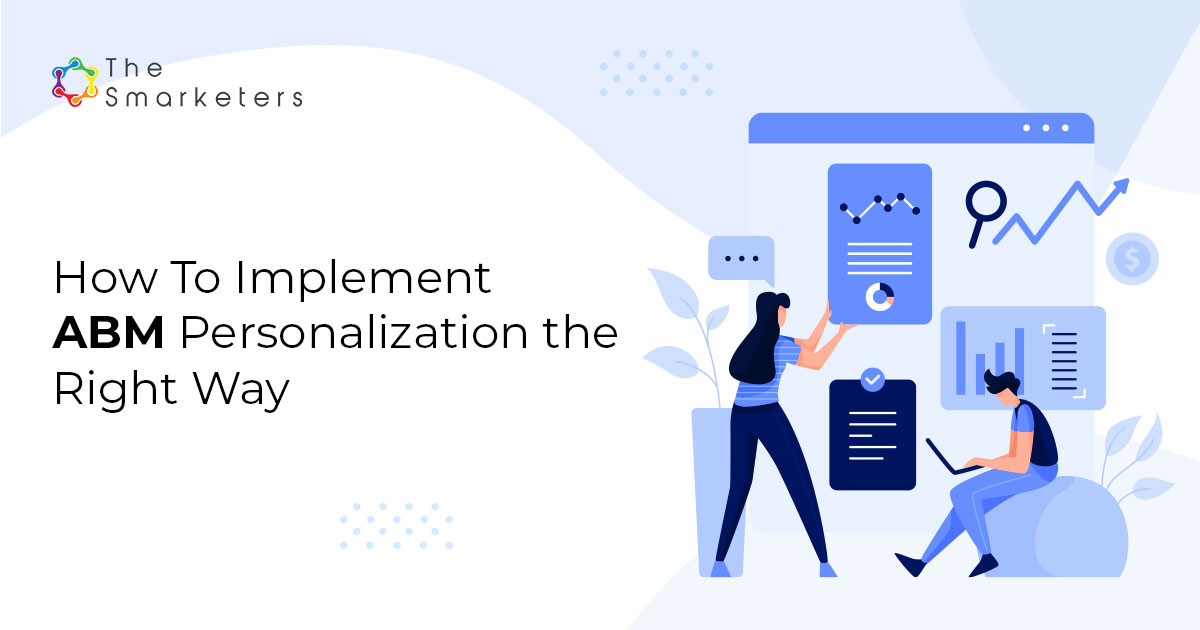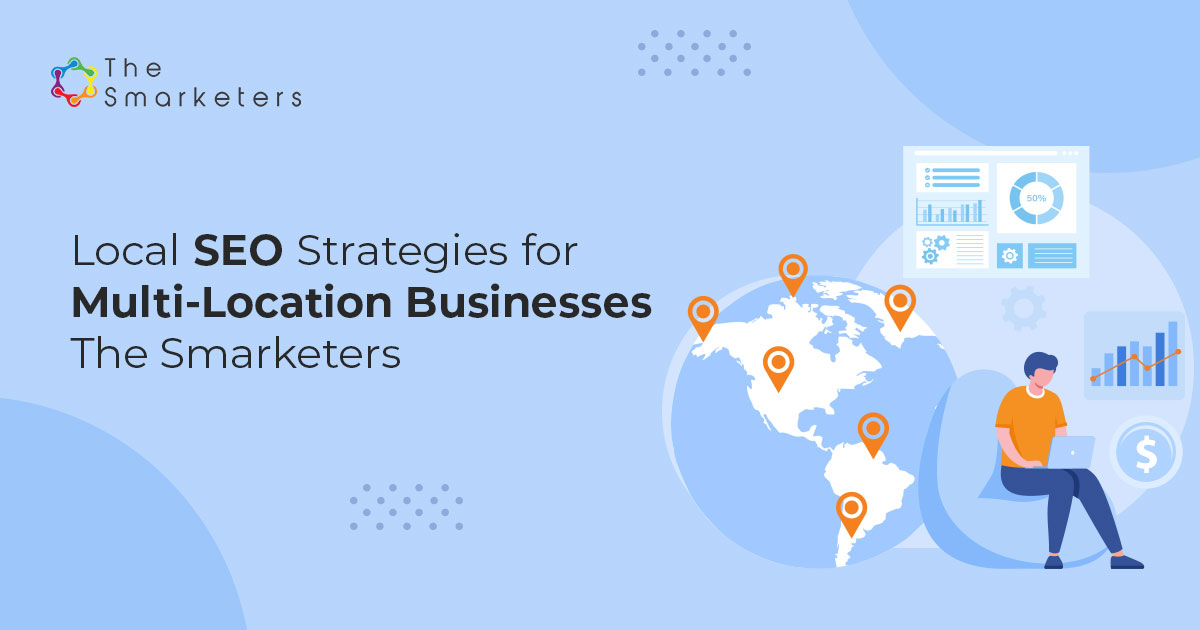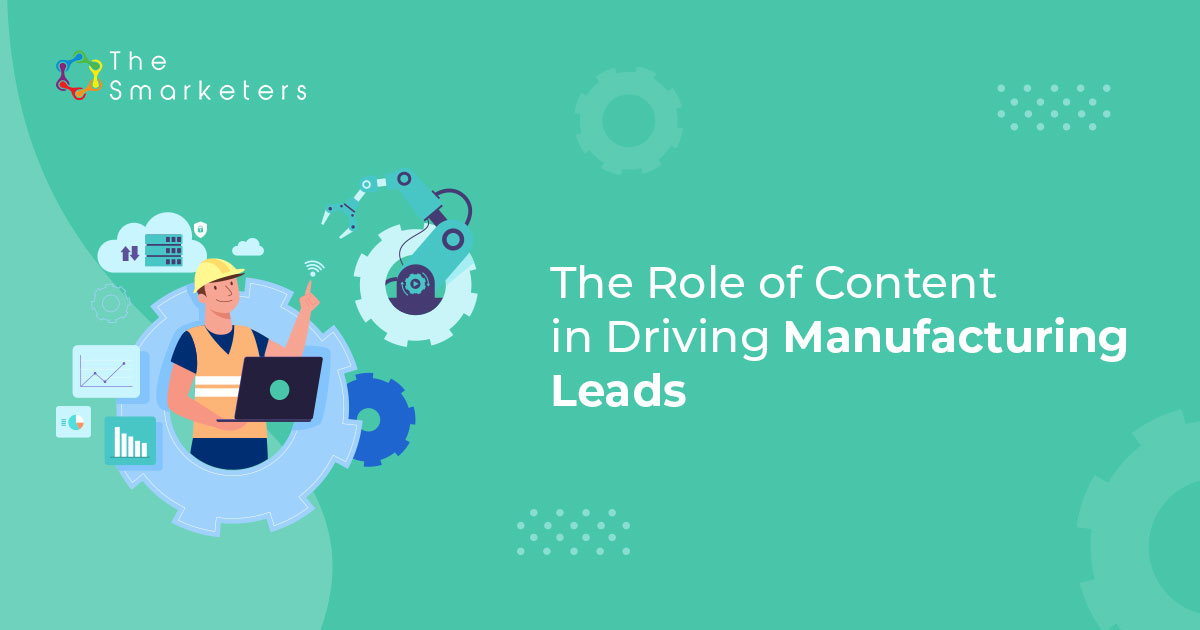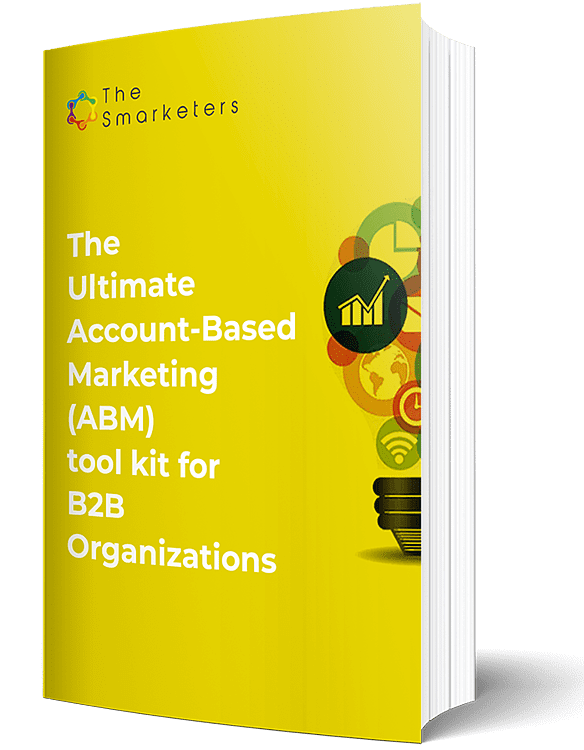Your target companies’ and buyer personas’ characteristics have changed. A couple of months ago, marketers had to pivot ABM marketing plans in a short period of time while making sure the messaging was highly personalized.
Now, consumer behaviour is adjusting to the new ‘normal’ approach. Consumers continue to spend significant amounts of time on home-based activities. To work around restrictions, consumers have adopted digital and low-touch solutions like video-conferencing, delivery of groceries, and telemedicine. According to a survey conducted by McKinsey, around 40 to 60 per cent of surveyed consumers who adopted these new products and services intend to continue.
The survey also suggests that consumers have taken up new ways to learn, work, entertain, procure essentials and non-essentials, connect with others, and increase wellness at home.
With the new normal, it is time to work toward the new marketing normal strategies.
Account-based marketing for B2B companies
Account-based marketing’s popularity shot up in the last few years for the obvious reasons of building personal relations with the prospects in the most proven and effective way.
With this approach, your organization can be proactive in targeting the best-fit clients who are most likely to buy from you for the long term. Basically, personalizing the buying process for each potential prospect.
To build a strong ABM strategy it is extremely important to develop a strong Ideal Customer Profile (ICP). If sufficient time is not invested in creating the profile, it can lead to the wastage of sales and marketing dollars.
After all, the core purpose of ABM technology is to focus on a smaller pool of prospects.
Defining your Ideal Customer Profile (ICP)
Many confuse ICP with Buyer personas. But they are not the same. An ICP describes a target account/company that is fit for your solution whereas, buyer personas are the characteristics of individual stakeholders within those target accounts.
In simple terms, an ICP is a combination of firmographic, technographic, and behavioural attributes of the accounts that are expected to be your most valued customers.
Developing an ICP will require a few basic elements:
- Qualitative analysis
- Quantitative analysis
- Intent data
- Predictive analytics
Based on your business goals and product/service, your ICP should focus on gathering relevant information, such as Industry vertical, technology stack, employee size within each department, etc., that is needed to further develop your target account list, segmentation, approach, and other significant activities.
Note: Your organization may have to create multiple ICPs based on the number of products/services you offer.
Building an Ideal Customer Profile
Since you are updating your ICP for the new normal, it is important to dig into your existing customer base in your CRM data, Intent data, and Analytics data; it helps you identify trends/patterns, what solutions are working, and what are your prospects looking for, etc.
By deep-diving into the data at hand, you’ll have a clear understanding of which solutions to pitch, tweak, or provide support for, which will, in turn, help you tailor your ICP and other marketing activities that follow.
Once you have enough customer data and you’ve identified patterns such as company size or industry, specific categories, mapping those categories with your solution, etc. It is important to identify any sweet spots that your product/service offer and start mapping them across the ICP.
If you are looking for a ready-made ICP template, there are plenty available online.
To conclude…
Now that you have your ICP ready. You should start creating target account lists and pull out contact data that match your updated ICP. An ABM partner can help you smoothen the process of research, creating lists, and collating databases.
A lot is dependent on your ICP, all concerned stakeholders need to be involved in the process of strategizing and executing an ABM program.
ABM is not a one-time deal, it is a continuous process. As the famous NBA slogan goes, “Trust the process.” It all depends on continuous experimentation and personalization at the end of the day.
If you are looking for tailoring your marketing efforts towards ABM or are looking for validation of your ABM strategy or implementation, we can help you. Get in touch with us.


